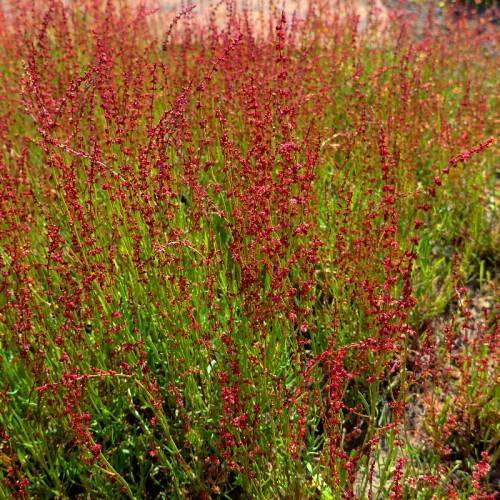
sheep sorrel
Rumex acetosella
Cycle:
Herbaceous Perennial
Watering:
Frequent
Hardiness Zone:
8
Flowers:
Flowers In Summer
Sun:
Full sun, Part sun/part shade
Soil:
Humus rich
Fruits:
Fruits In Autumn Ready In Summer
Leaf:
Yes
Growth Rate:
High
Drought Tolerant:
Yes
Salt Tolerant:
Yes
Invasive:
Yes
Care Level:
Moderate
watering
Mexican petunia requires regular watering throughout the growing season. They should be watered every few days, or when the top 1-2 inches of soil dry out. You may need to water even more often during hot, dry weather. It is important not to overwater the Mexican petunia, as this can cause root rot. It’s usually best to water in the morning, so that any excess water has time to evaporate before nightfall.
sunlight
Mexican petunia (Ruellia brittoniana) thrives in full sun exposure, which means it needs 6 to 8 hours of direct sunlight per day. During the summers, it should be placed in an area that receives full sun for most of the day, whereas during the winters, bright, indirect sunlight of 3 to 4 hours per day is sufficient. It may survive with even less light, but the blooming season will be shorter and the flowers will be fewer. Mexican petunia should be kept in a location that is protected from wind, as the delicate leaves can be easily damaged by strong gusts.
pruning
Mexican petunia (Ruellia brittoniana) is an ideal plant for a variety of settings and can be pruned regularly to keep its size and shape. It should be pruned in late spring or early summer when the plant begins to flower. Cutting the stems back to the desired size as needed will keep it looking tidy and prevent it from becoming too large. It is best to remove only 1/3 of the plant's growth each time it is pruned. This will ensure the plant has enough foliage to remain healthy and still look attractive.
